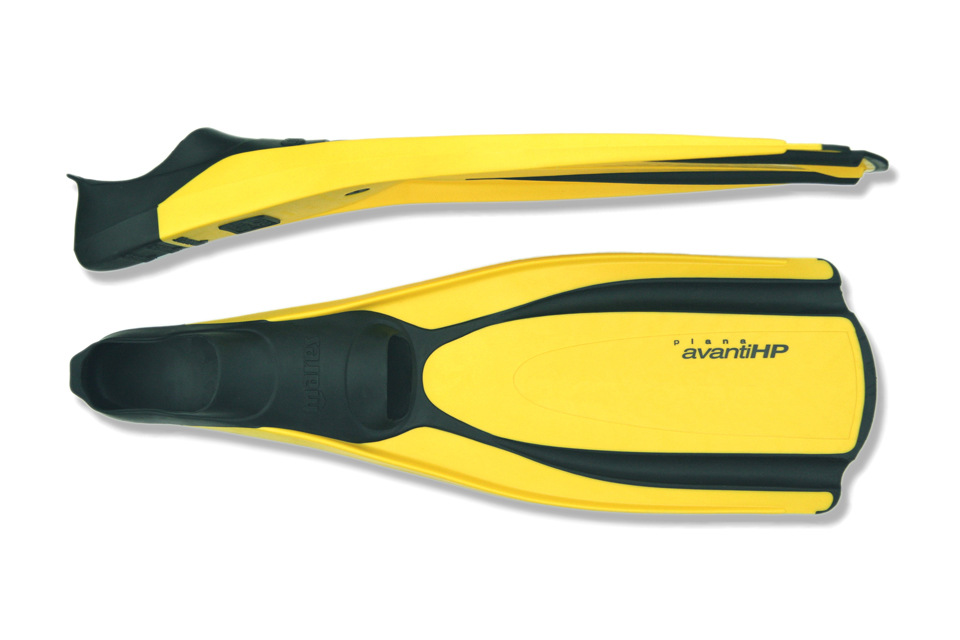Don’t Resist the Resistance

Triathletes and adults looking to improve in swimming later on in life struggle with the issue of not having done the sport very much as a kid. They also struggle with the fact that they do not practice swimming more than a few times per month unless they are a dedicated “masters swimmer.” So how does someone improve in a sport like swimming knowing they are only going to swim a few times per month?
Obviously we hear the word “technique” when talking about stroke efficiency and good form. We also hear that “drills” are used for getting the stroke correct. But RESISTANCE WORK is done to get stronger and develop the muscles that will make a huge difference when training time is limited. Resistance work also makes a big difference with keeping the muscle memory when not swimming consistently.
There are simple ways to work on resistance and, like many sports, things can get very complex by adding equipment and tools. Maximizing time spent swimming is key for busy adults or triathletes splitting time over three different sports. Adding resistance in your swimming is like adding “functional” or “sport specific” strength work, so it is important to have proper form before starting a lot of resistance work.
Start with the basics: adding the simple equipment you see at all the swim/tri shops like paddles and fins is the first step. Paddles and fins add surface area to your hands and legs, which helps move more water than normal. Due to the density of water, adding this surface area to your limbs is like adding weight to the machines at the gym.
Take it to the next level: adding drag and using resistance equipment (paddles/fins) augments the resistance work. Good form is especially crucial at this stage of strength work because you can be developing bad form or developing improper muscles. Items that are used to add resistance are drag suits (a bathing suit worn on top of your swimsuit), t-shirts, shoes, pull buoys, and small inner tubes.
Going to the extreme: buying special gadgets is the third step once you have used the first two levels of resistance work to develop muscle memory and strength. Good examples of these gadgets are resistance bands, power racks, ergo-trainers and parachutes. Some high level varsity andyouth club programs along with collegiate programs invest in this type of equipment because they are competing at the highest level of swimming. An experienced coach needs to be available to assist with the use of these gadgets so that swimmers are not prone to injury.
The proper game plan is essential when adding resistance work to swim training, and it needs to be periodized just like any other type of training so that muscles don’t adapt to the resistance work. After some early season endurance build, resistance work should be the next step in adding strength to see huge improvement gains to maximize training time. Be sure to consult an experienced coach to see if adding resistance work is the next step to your swimming.
Maurice Culley is the owner and director of Austin T3—Team Triathlon Training, one of the largest triathlon training programs in the country, serving athletes in all three sports and at all levels. Maurice has an extensive swimming background; he was a member of the University of Texas Longhorns from 1992-1996, which included membership on a National Championship team (1996). Maurice went on to coach and took Austin ISD’s Bowie High School’s varsity team to a state championship and won a National Championship with the Circle C swim team. As a triathlete, Maurice was a qualifier for the World Championships in 2007 (IM70.3) and 2009 (ITU) in the half Ironman distance. In 2009, he was also a member of Team USA (35-39) at the World Champs in Perth, Australia.






